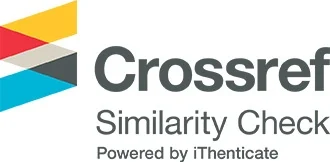Mechanism of photoinduced photodegradation of piroxicam, the way to design new drugs of piroxicam derivatives
DOI:
https://doi.org/10.65137/lmj.v4i1.75Abstract
Initiation of photodegradation mechanism and subsequently pathways of non steroidal anti inflammatory drugs (NSAID), piroxicam are studied by means of computational quantum chemistry at the DFT-B3LYP/6-311++G(d, p) level. The results show that the drug readily absorbs radiation from the UV region of the spectrum. The proposed initiation process of piroxicam photodegradation, in which the reaction between molecular oxygen and piroxicam in presence of light occurs, required passing an energy barrier computed to be ~21 kcal/mol in solvent. The formed intermediate species from the former reaction undergoes spontaneously intramolecular rearrangements (mainly dioxetane ring opening) once it is optimized in its triplet state. The net of these rearrangements is carboxylic acid compound which also has a capability to absorb radiation from UV region and forms various photoproducts depending upon the site of cleavage. Moreover, energetic of these species, the computed UV spectra by time-dependent density functional theory (TD-DFT) and possible reactive singlet oxygen species formation in different pathways are explained in detail in this manuscript.








